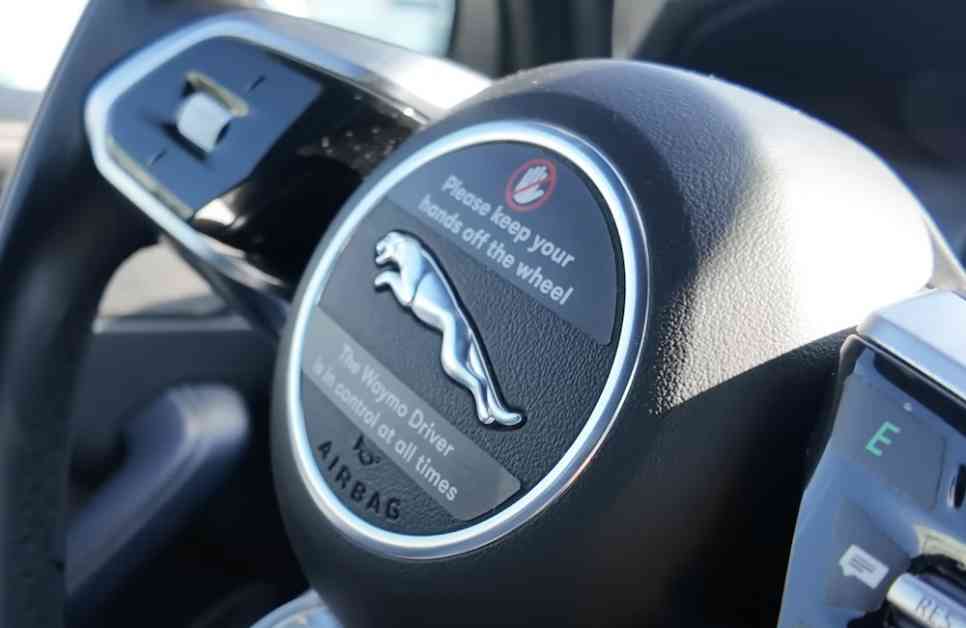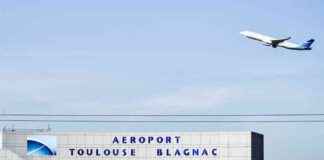Robotaxis: Self-driving Cars and Their Impact on Public Transportation
The rise of autonomous vehicles may seem like a welcome addition to public transportation at first glance. Technology giants like Waymo, a subsidiary of Alphabet Inc., are promoting their self-driving taxis as the ideal solution to urban mobility problems. These vehicles are already operating in cities like San Francisco, Phoenix, and Los Angeles, and Waymo recently announced a new promotion: travelers in the San Francisco Bay Area can receive up to $2.80 discount on a ride to selected public transport stops. With this campaign, Waymo aims to make “clean mobility more accessible.” However, behind this noble message, there seems to be a different story.
Superficially, it sounds appealing: autonomous vehicles expanding public transportation and assisting travelers in busy communities. Waymo emphasizes that their service, combined with biking and walking, can contribute to a more sustainable urban mobility. To achieve this vision, the company even appointed a new director of transportation policy.
Furthermore, the lobbying group Chamber of Progress advocated for the approval of autonomous vehicles by California regulators, arguing that the technology could provide mobility to older adults, people with disabilities, and residents of hard-to-reach areas. This approach seems to be a response to the financial constraints faced by public transportation agencies. However, critical questions arise about the impact of robotaxis on public transportation and the true motives of companies like Waymo.
A closer look at Waymo’s promotion reveals significant concerns. For example, how does Waymo know if a customer traveling to a train station actually switches to public transportation and does not just collect the discount without continuing on public transport? According to Adam Lenz, Head of Sustainability at Waymo, the company is currently unable to establish a connection between a robotaxi ride and the actual use of public transportation. Such technology would be complex and potentially sensitive in terms of data protection legislation. Waymo hopes that such integrations will be possible in the future.
Another challenge concerns the practical implementation of the promotion. Where will passengers be picked up and dropped off? Some of the mentioned stations, like the West Portal station of the Muni Metro, do not have designated spaces for taxis or ride-sharing services like Waymo. This could lead to cars double parking, not only obstructing traffic but also being dangerous for passengers who need to quickly cross the street.
Despite these potential problems, this promotion in public transportation is unlikely to cause much excitement. Why? Even with a $2.80 discount, few travelers are likely to bother combining their journey with a robotaxi. This lack of enthusiasm for combined rides between public transportation and taxis is not unfounded. When smartphone-driven ride-sharing services like Uber and Lyft became popular in American cities in 2016, there were enthusiastic discussions about solving the so-called “First Mile/Last Mile” problem. To test this theory, the Federal Transit Administration funded five projects that examined how many people would be willing to use these services in combination with public transportation.
The results were disappointing. In St. Petersburg, Florida, where travelers received about a $4.70 discount on an Uber ride to a public transportation stop, an average of only 40 people per day used the offer. In San Francisco, a 2022 study found that only 0.4% of trips in the region were a combination of public transportation and ride-sharing services. The reasons are clear. People do not like to transfer, and those who have already paid for a taxi will likely stay in the car for the entire journey to avoid hassle. Additionally, the costs of Uber or Lyft are often too high for the average public transportation traveler, who typically has a lower income.
Self-driving taxis are likely to face the same challenges. After all, they offer the same user experience (or inconvenience) as Uber and Lyft, just without the human driver. The concept of calling a car to a station – whether it’s a robotaxi or a regular taxi – is simply not practical for most travelers. In fact, an increase in self-driving cars could actually impact public transportation.
Research on Uber and Lyft shows that these ride-sharing services not only deter travelers from public transportation but also contribute to increased traffic congestion through “deadheading miles” – miles traveled without passengers in the car. In cities like San Francisco, municipal authorities have concluded that these ride services were responsible for a significant portion of the traffic increase between 2010 and 2016. This negatively affects buses, whose journey takes longer due to increased traffic. Without dedicated bus lanes, such delays will increasingly tempt more travelers to opt for cars.
Robotaxis, as high-tech as they may seem, are fundamentally just cars. Cars that, like their predecessors, harm the city more than they benefit it. They contribute to traffic jams and air pollution and affect urban quality of life. That is why activists in San Francisco stopped robotaxis last year by attaching orange traffic cones to their hoods. They protested against further entrenching car-oriented traffic in a city trying to reduce this dependency. Although Waymo presents itself as a new partner of public transportation, this takeover of the sector is primarily a clever political move. The company hopes that the positive image of public transportation will shed some light on its self-driving technology. However, the reality is that robotaxis do not support public transportation but undermine it.

















